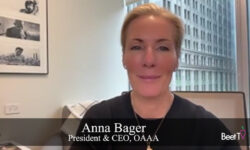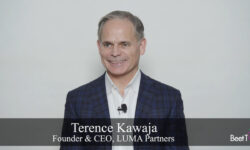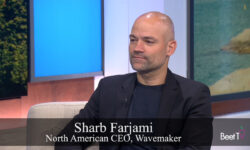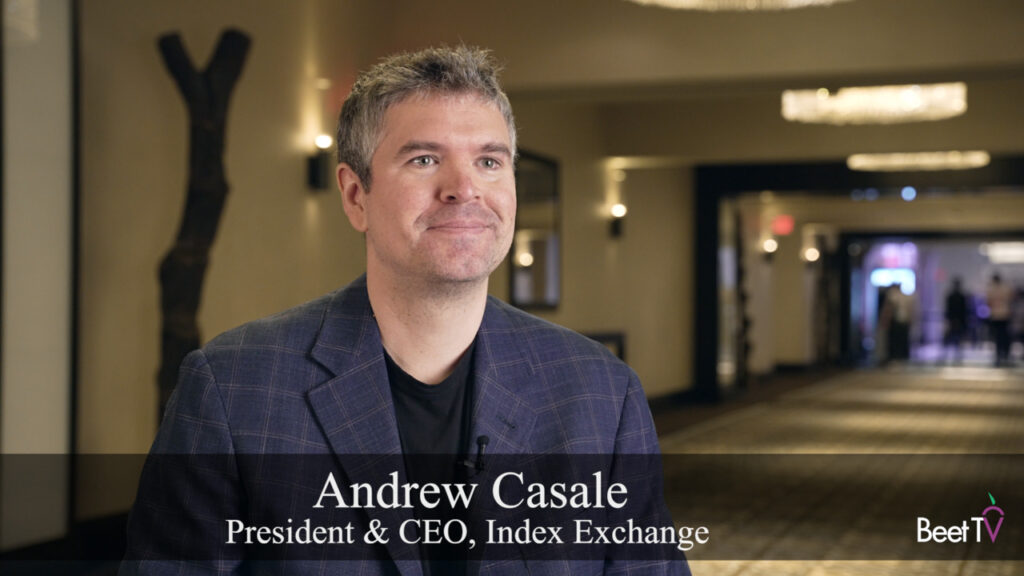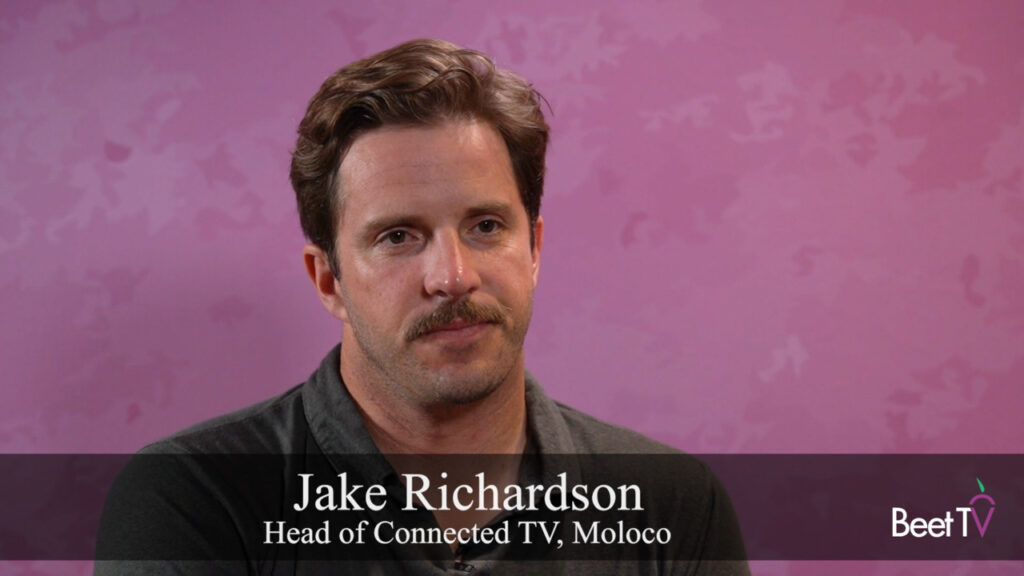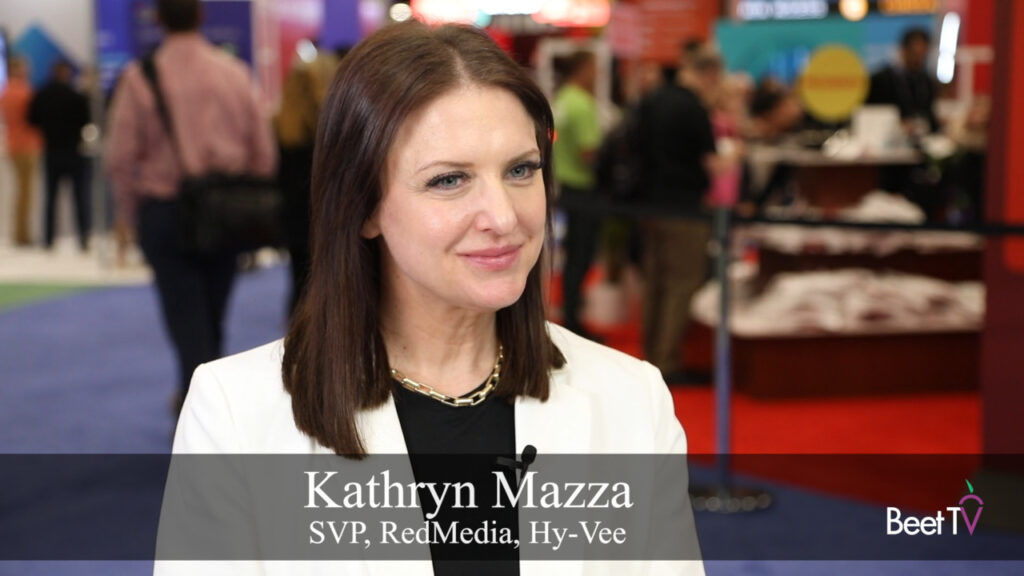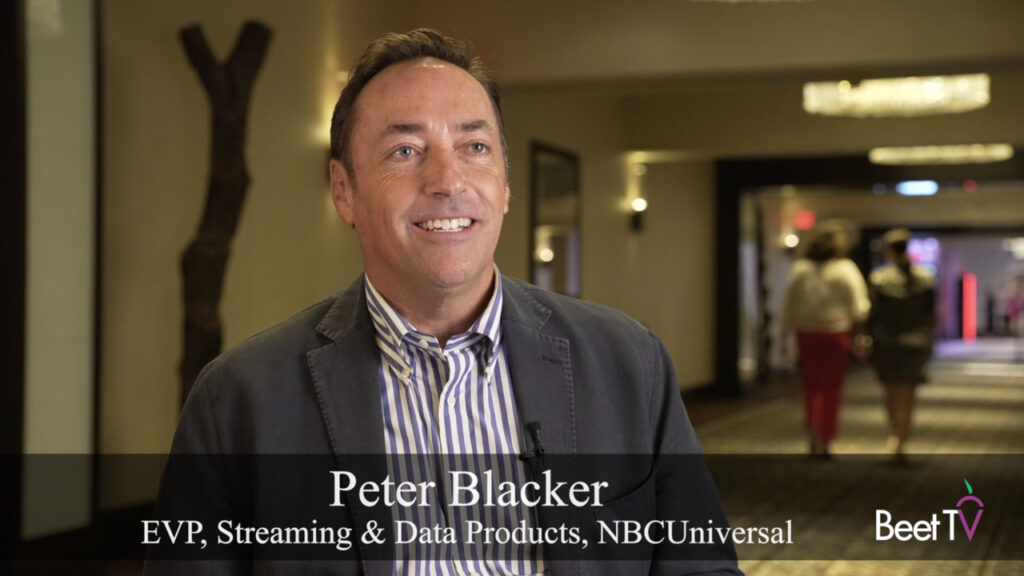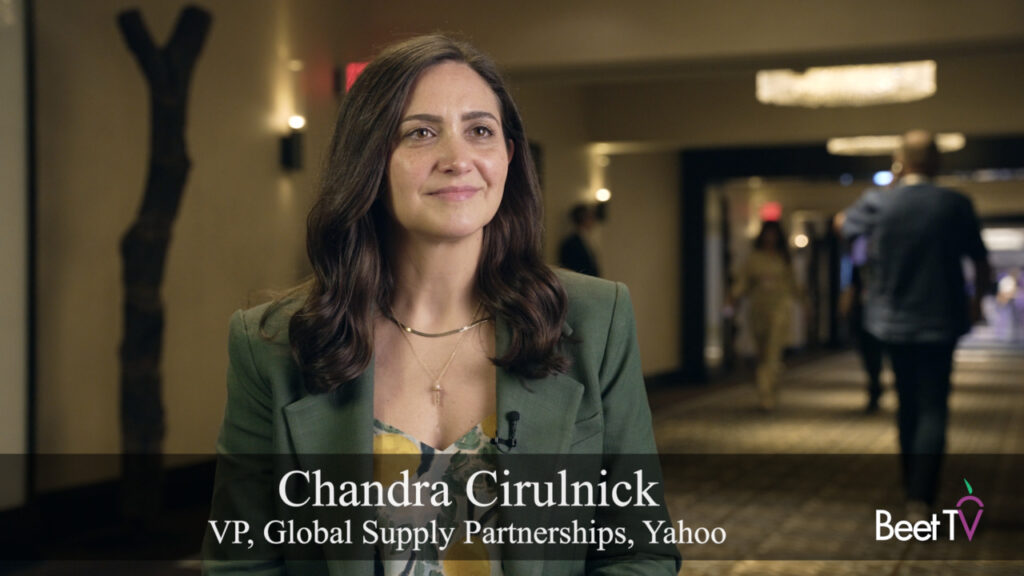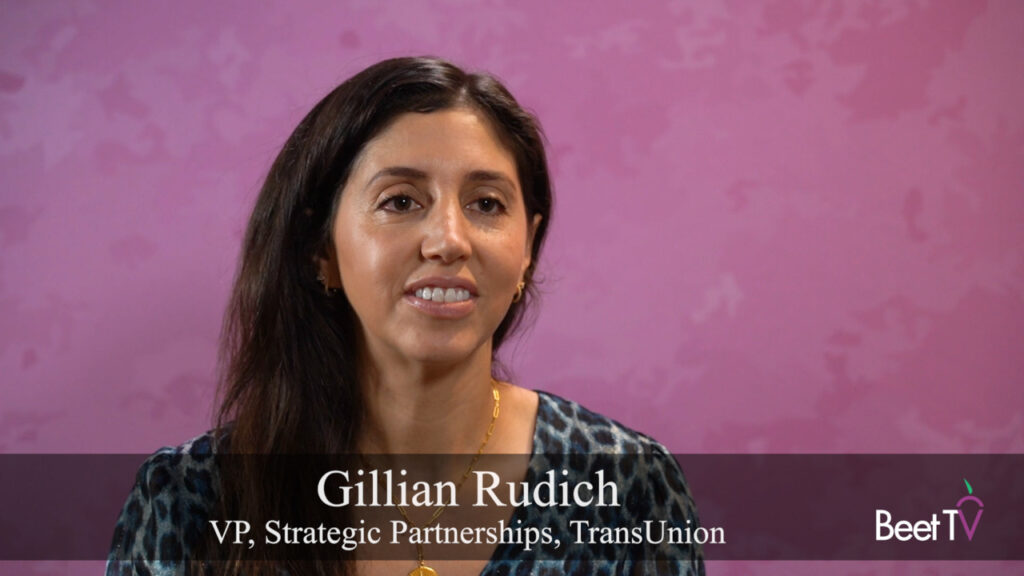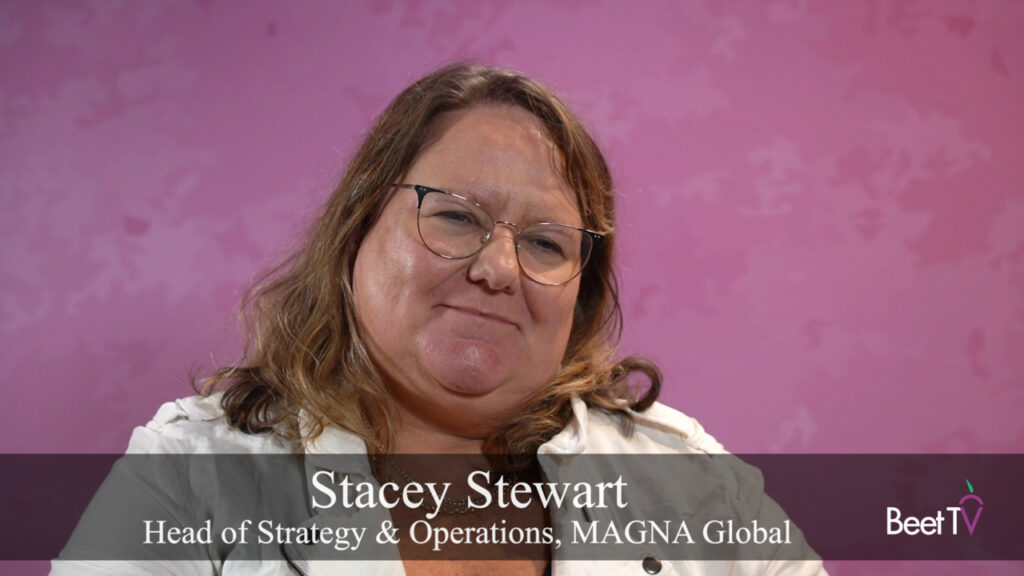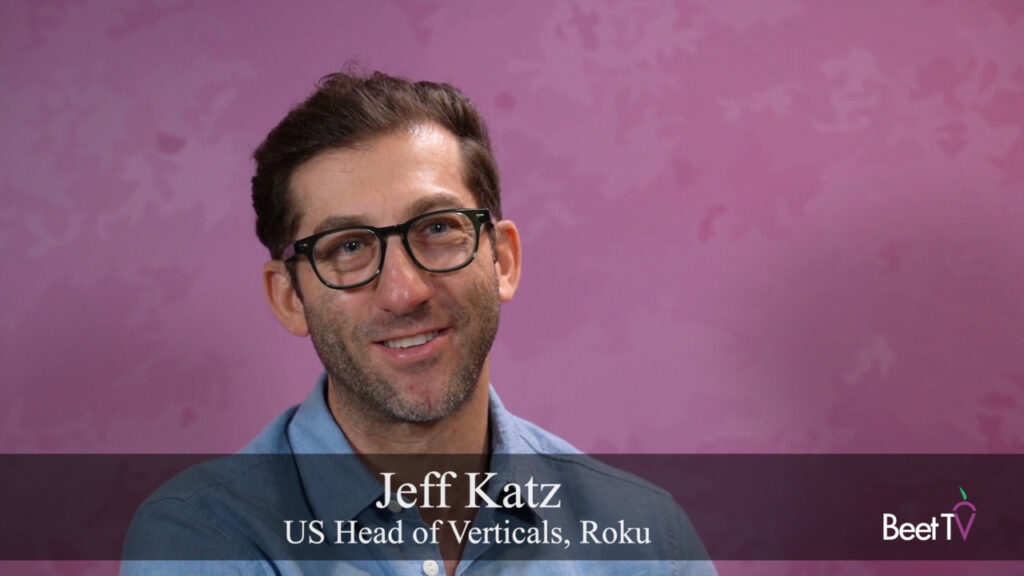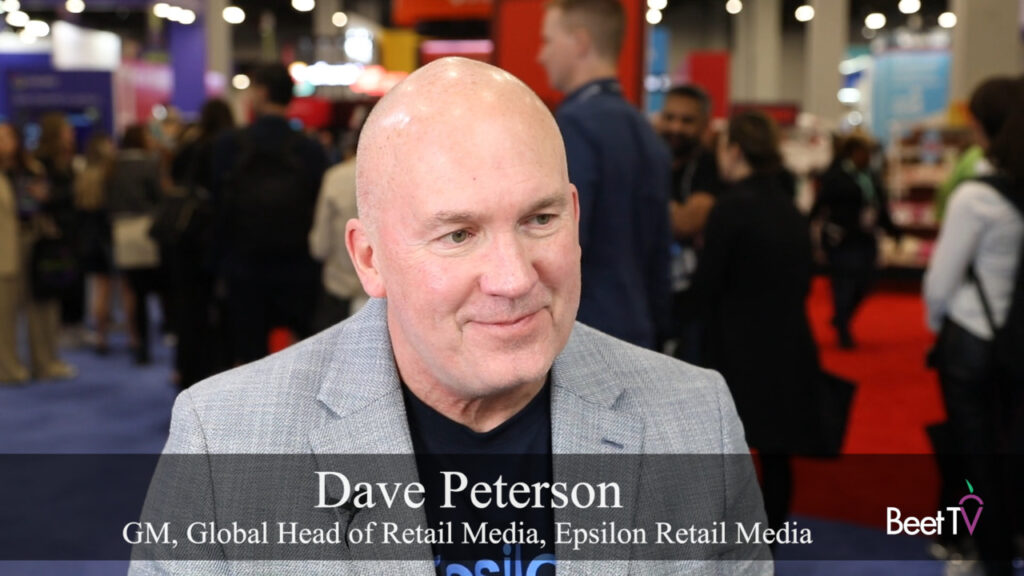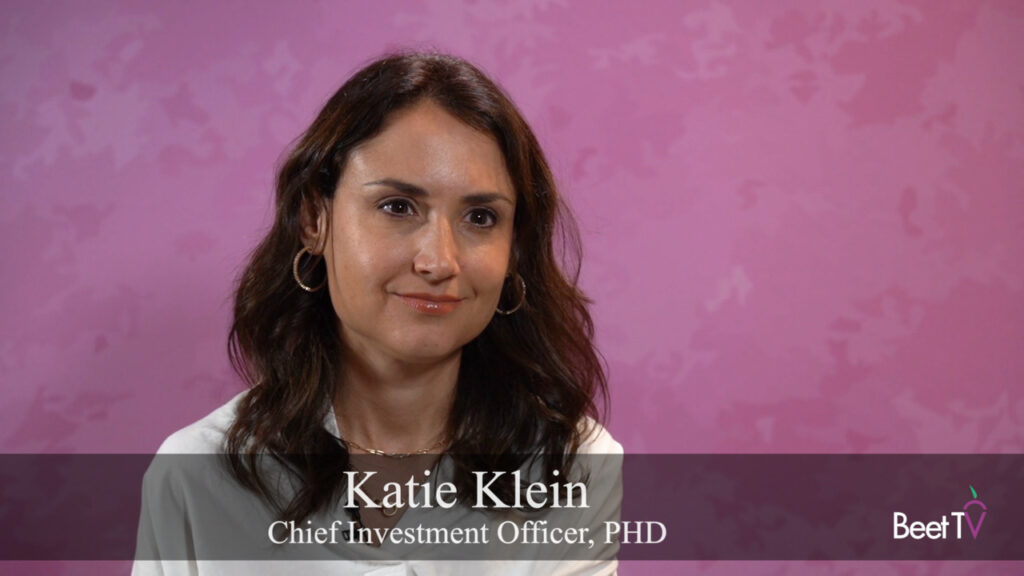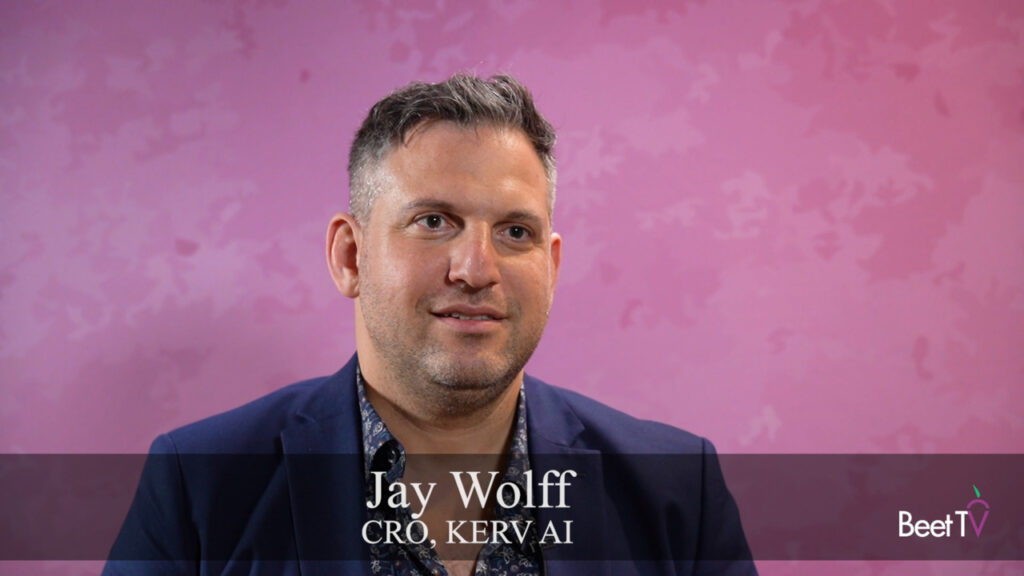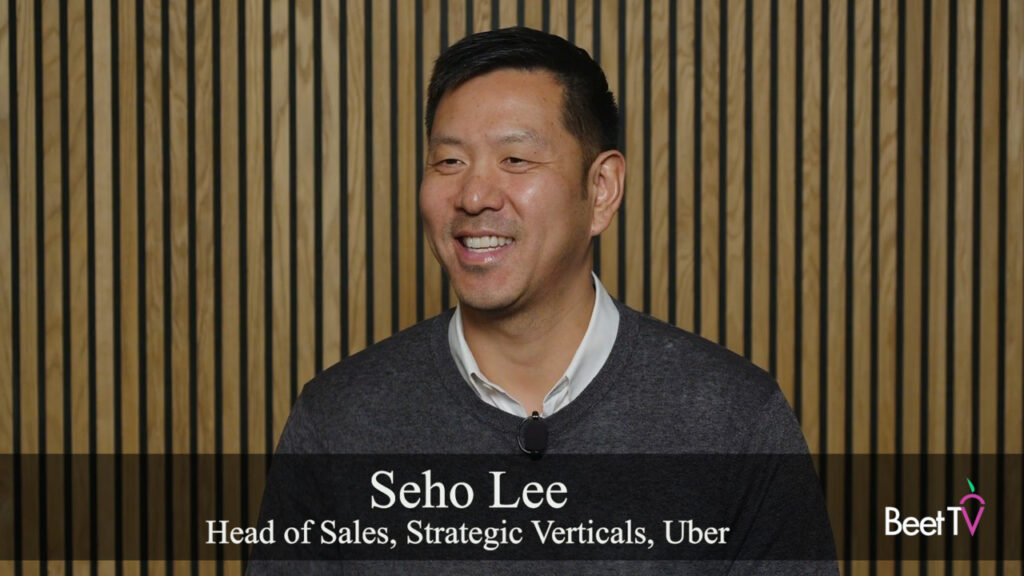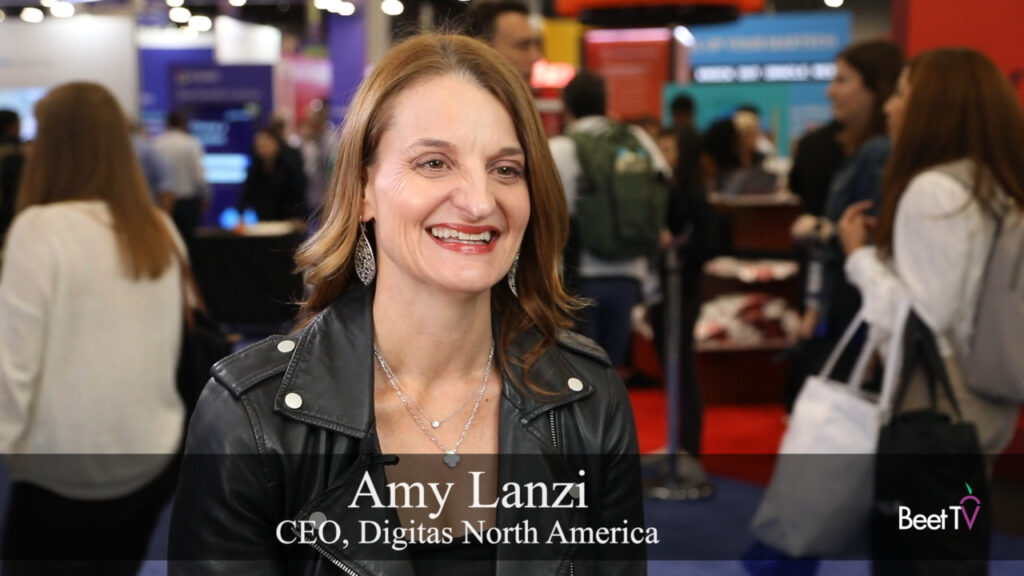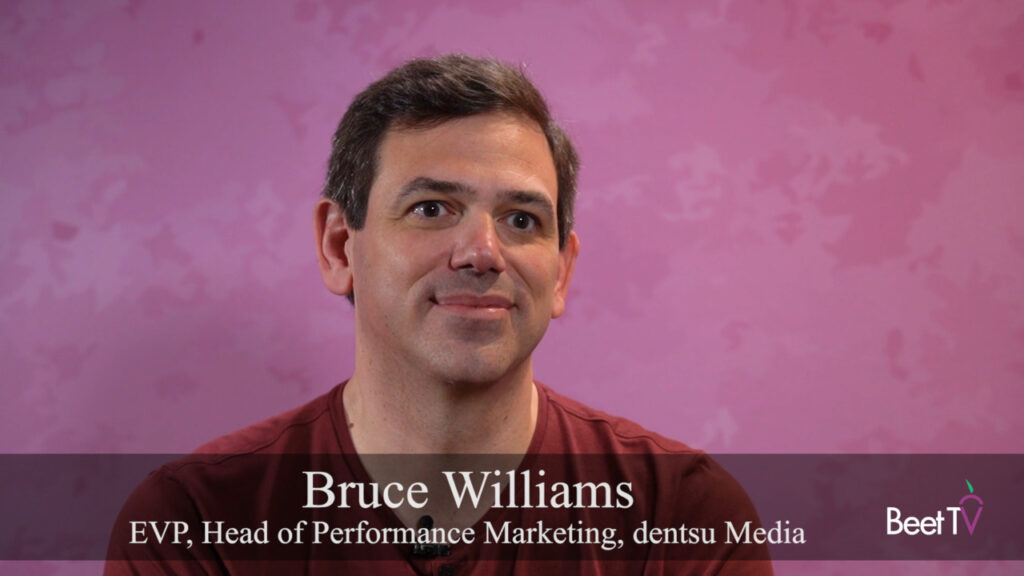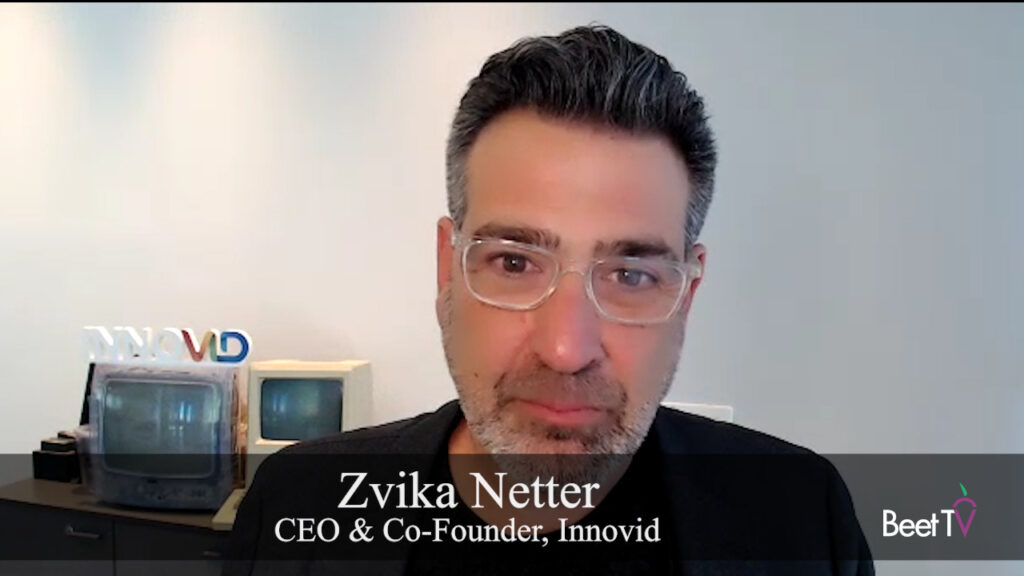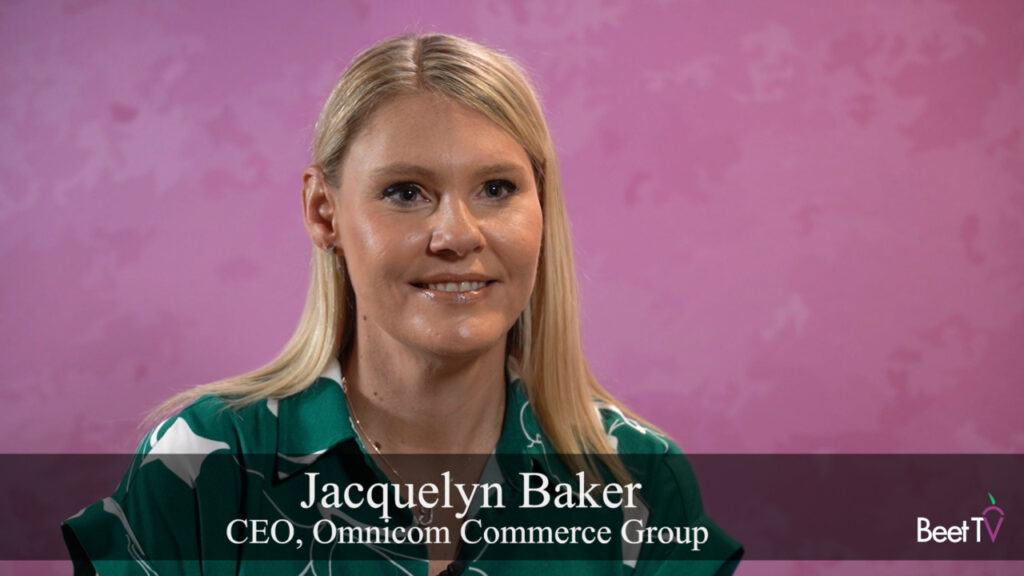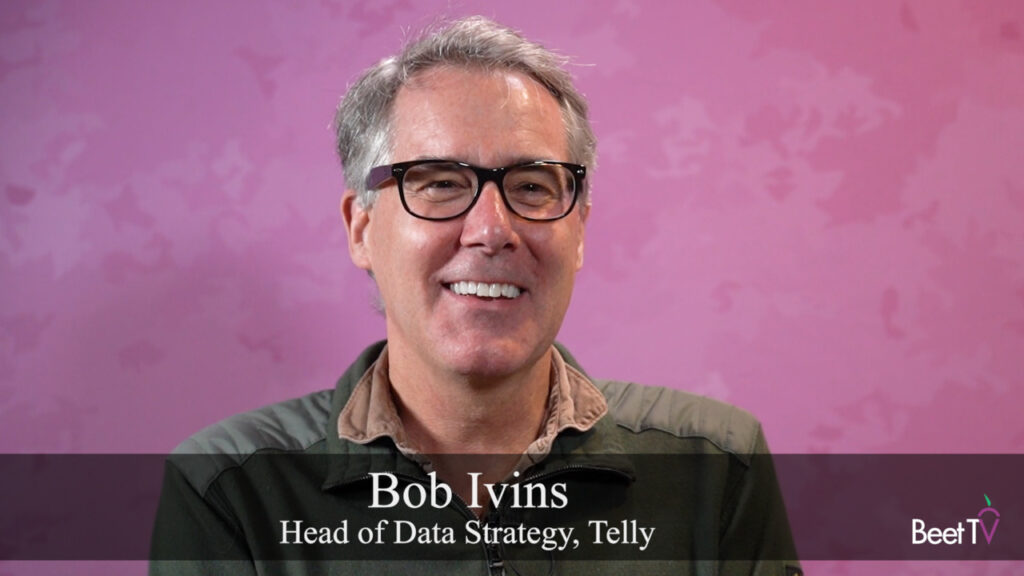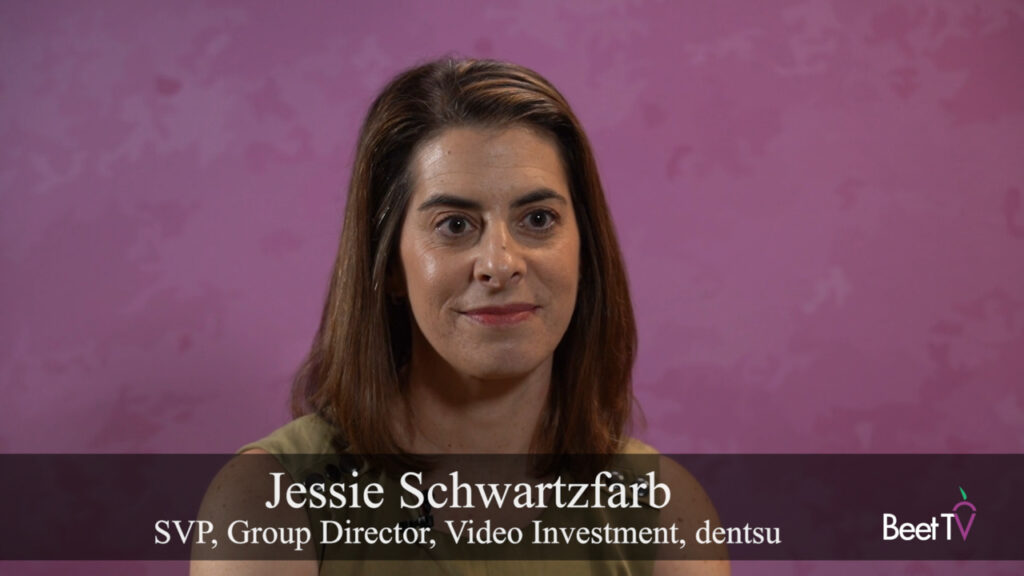Back in 2012, before the words “safe environment” for digital video became industry mantra, a company called Outrigger Media launched OpenSlate. It was a tool to help advertisers target the long tail of video production.
Among other things, the company knew “there would come a time in an industry that got hyper focused on audience and eyeballs and finding the right human that context would matter again someday,” says JoAnna Foyle, COO of the company now known as OpenSlate.
Given the recent and widespread advertiser backlash against their ads appearing alongside objectionable video content on places like YouTube, context has indeed arrived front and center.
“Our whole mission in life became how do we create an analytics system leveraging all of the ingested meta data from every scrap of videos that have ad opportunities on them,” Foyle recalls in this interview with Beet.TV.
This no small task considering there are 300 million videos on YouTube with ad opportunities. OpenSlate’s platform analyzes and scores YouTube content on quality, brand safety, subject matter expertise and audience.
In essence, OpenSlate helps brands create “a safe version of YouTube,” one that is tailored to their audience targets and objectives, according to Foyle.
The company scored a major coup in March of this year as brands began to flee some video platforms by partnering with WPP’s media investment management unit GroupM. As the companies announced at the time, their effort was aimed at providing GroupM clients “additional controls and content safeguards” to support their YouTube buys.
“We’re talking to a number of the other holding companies,” says Foyle.
YouTube seems to be keeping a low profile with regard to the safe content theme, telling Digiday that it’s focused on reviewing its policies and giving brands more control over ads.
OpenSlate covers both reservation media, including Google Preferred, and auction-based inventory bought through AdWords or DoubleClick Bid Manager. Its compensation is in the form of a CPM upcharge or percentage of media spend.
The premise of OpenSlate is “making sure that the video you your brand is appearing against is one where your brand would choose to appear,” Foyle adds.
One example might be a cosmetics brand aligned with appropriate female content as opposed to “stuff that’s completely irrelevant, like Minecraft videos.”
We interviewed Foyle earlier this week at the VideoNuze advertising summit.








